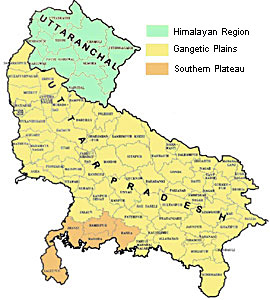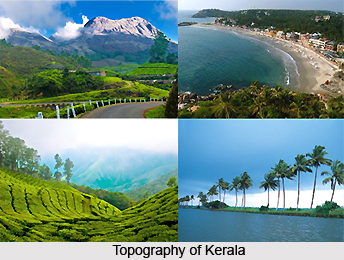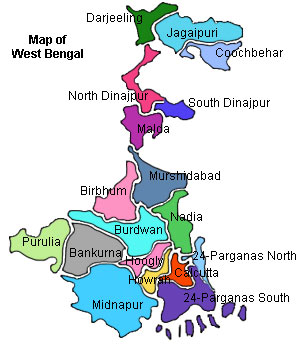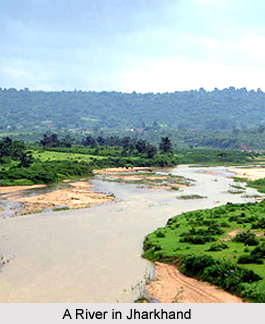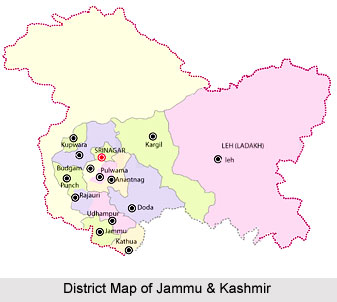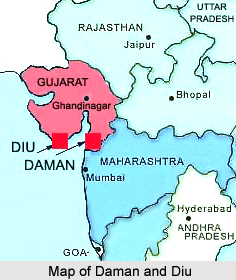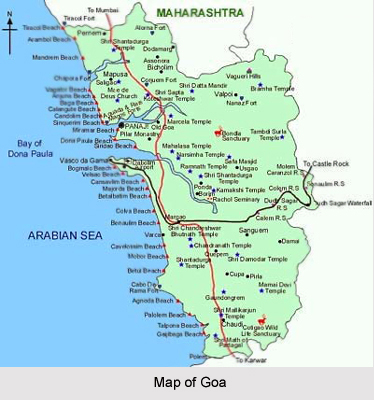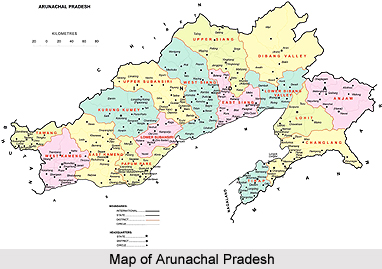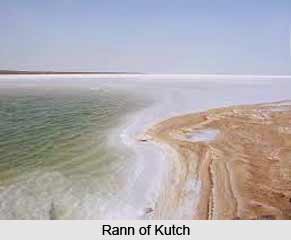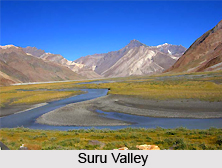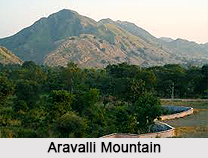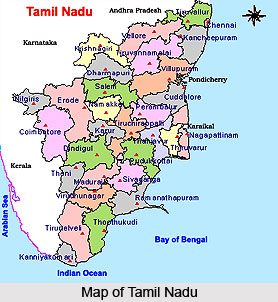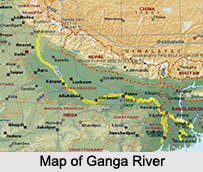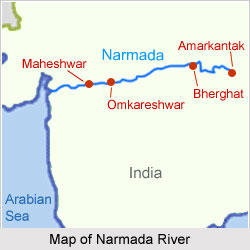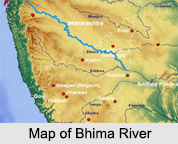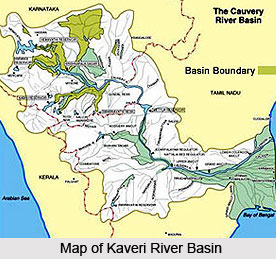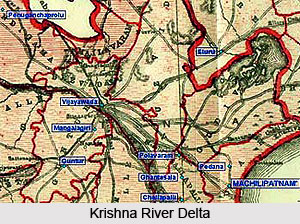 The Krishna delta is situated in central India with its frontier side at Vijayawada. The delta area is about 6,322 sq kilometers. After crossing the Eastern Ghats the river forms a deltaic plain through some 95-km. wide before its four distributaries are emptied into the Bay of Bengal. The first channel of the river starts near the place Avanigodda but the three main distributaries of the modern river divides into the Golumuttapaya, Nadimieru and main channels.
The Krishna delta is situated in central India with its frontier side at Vijayawada. The delta area is about 6,322 sq kilometers. After crossing the Eastern Ghats the river forms a deltaic plain through some 95-km. wide before its four distributaries are emptied into the Bay of Bengal. The first channel of the river starts near the place Avanigodda but the three main distributaries of the modern river divides into the Golumuttapaya, Nadimieru and main channels.
A dam is built at the head and thus checks the flow within the deltaic plain. Vast amounts of material have been added during the past 50 years as silts at the mouths of the distributaries with the formation of river mouth bars and barrier islands with connected back island lagoons. As the delta was extended with these lagoons, the Krishna river delta was in filled with finer grained sediments and thus made the land fertile. From Vijayawada to the Bay the average slope measures 20 cm./km. The delta encompasses an area of 4736 sq. Km.
The Krishna Delta has large expanses of mangrove swamps along the coast with maximum concentration surrounding the three prime distributaries. The common species are Rhizophora mucronata, Avicennia marina, Exoecaria agallocha and Cherodendron inerme.
Tidal flats occupy a substantial area of the lower deltaic plain particularly between the Golumuttapaya and Avanigodda distributaries, forming the Div Island. However, the tidal attacks was once upon a time threat to the civilization of this place but now, much of it is checked by the channels.
